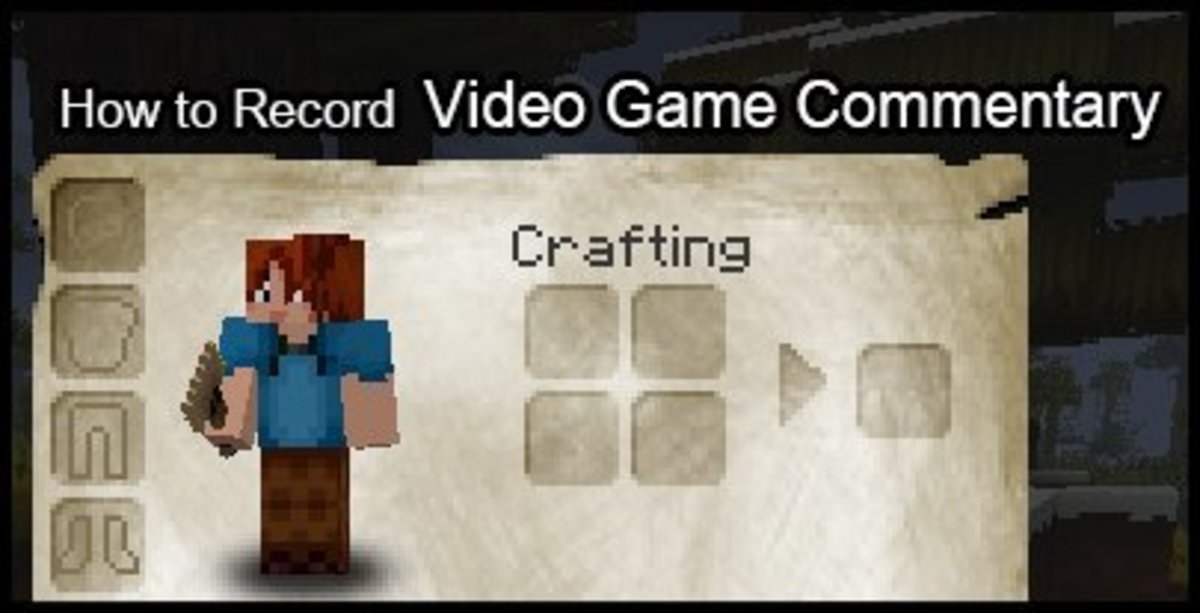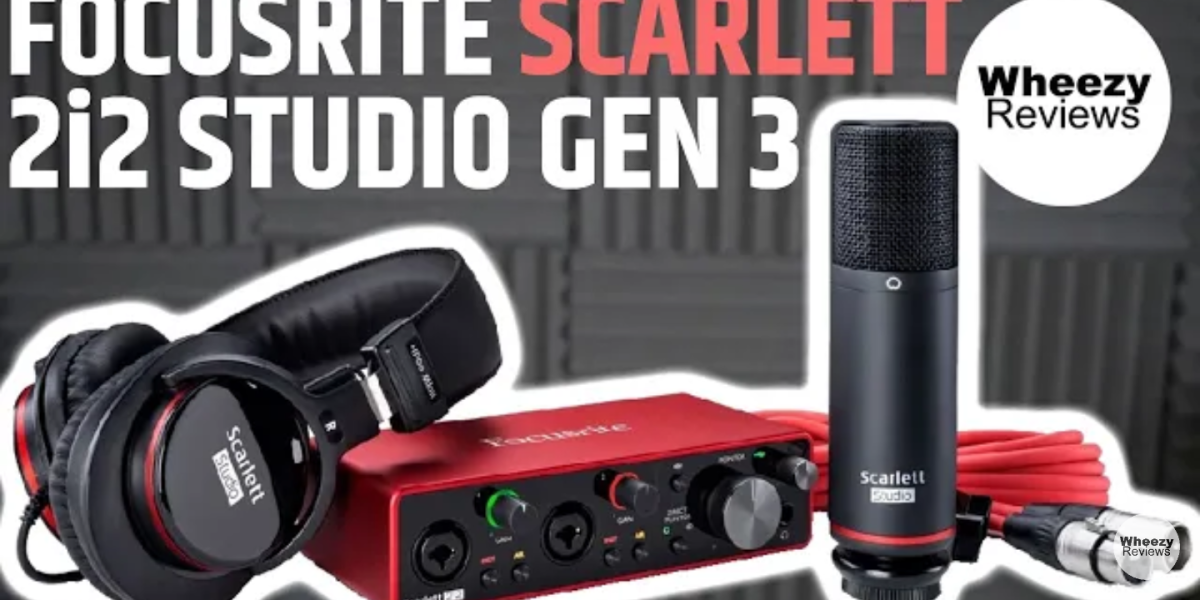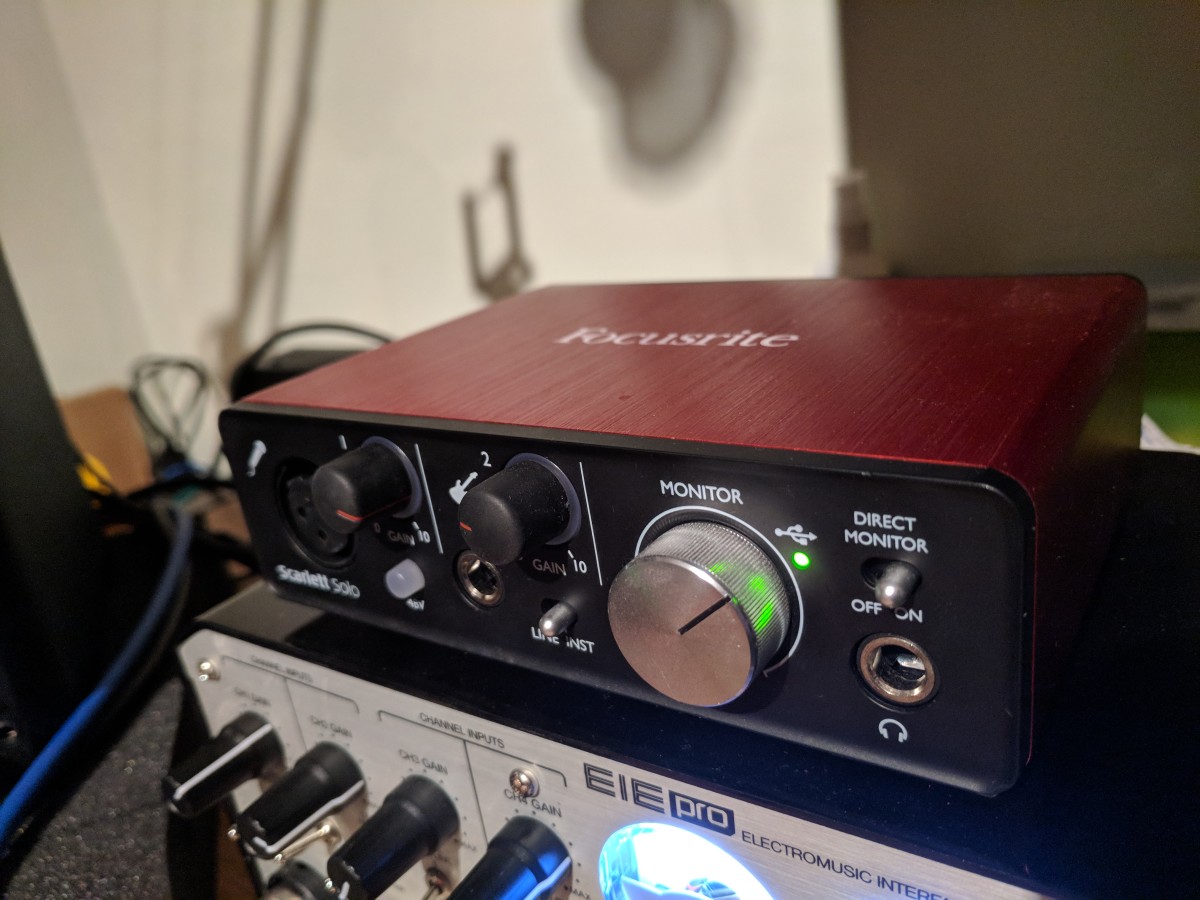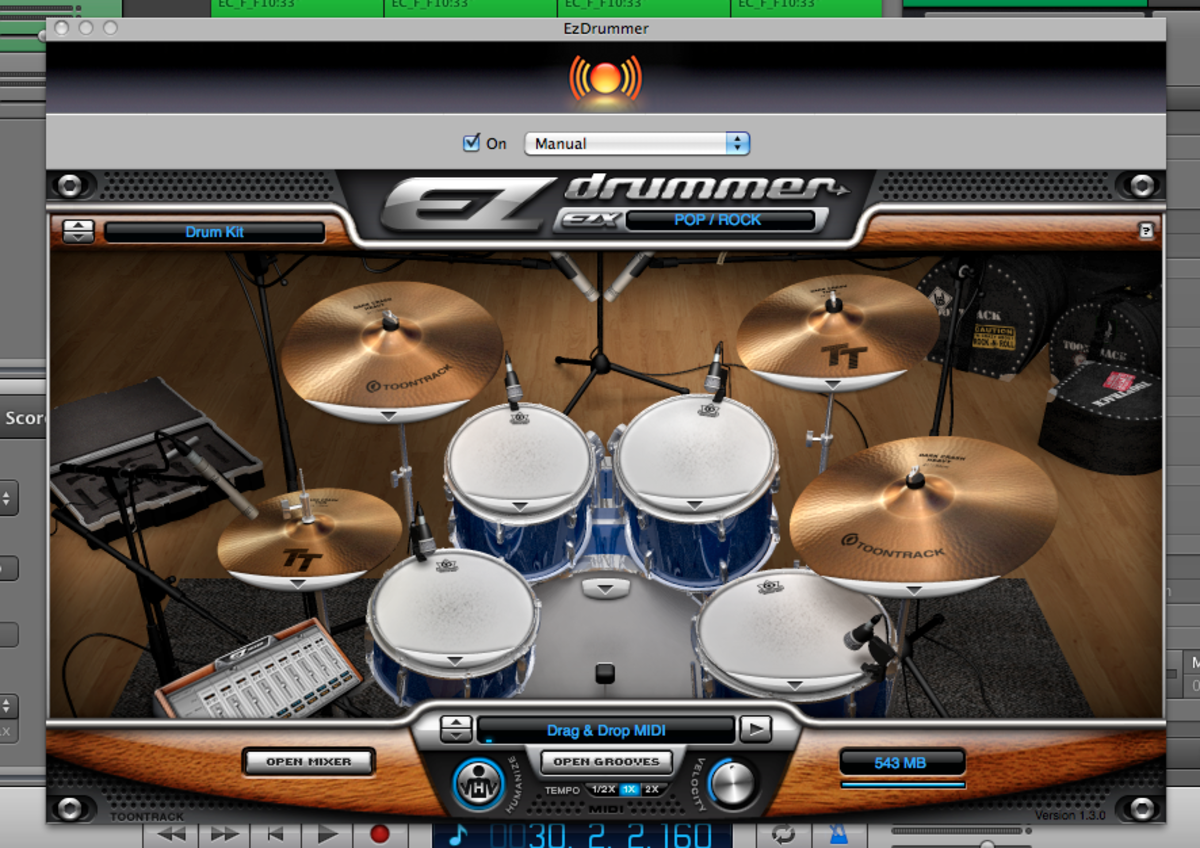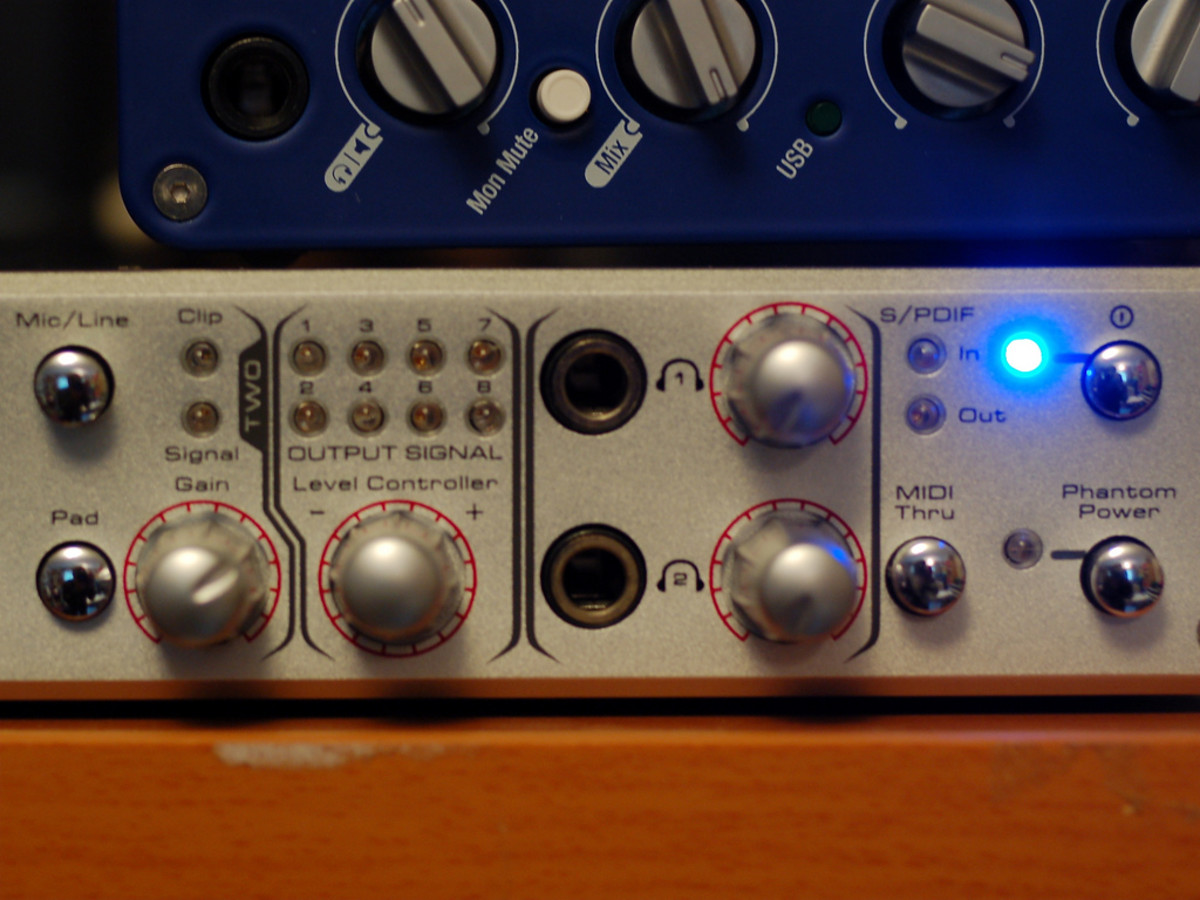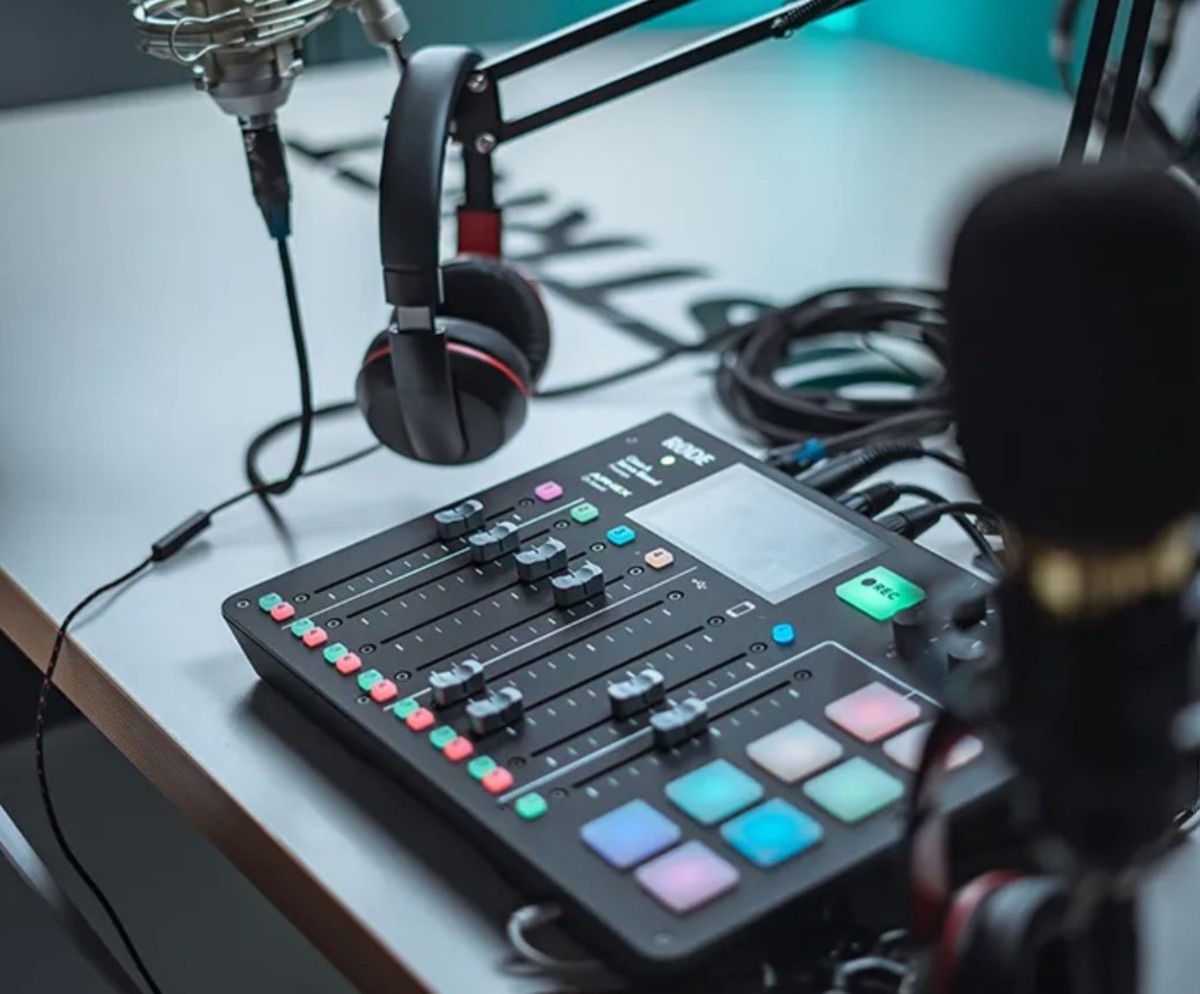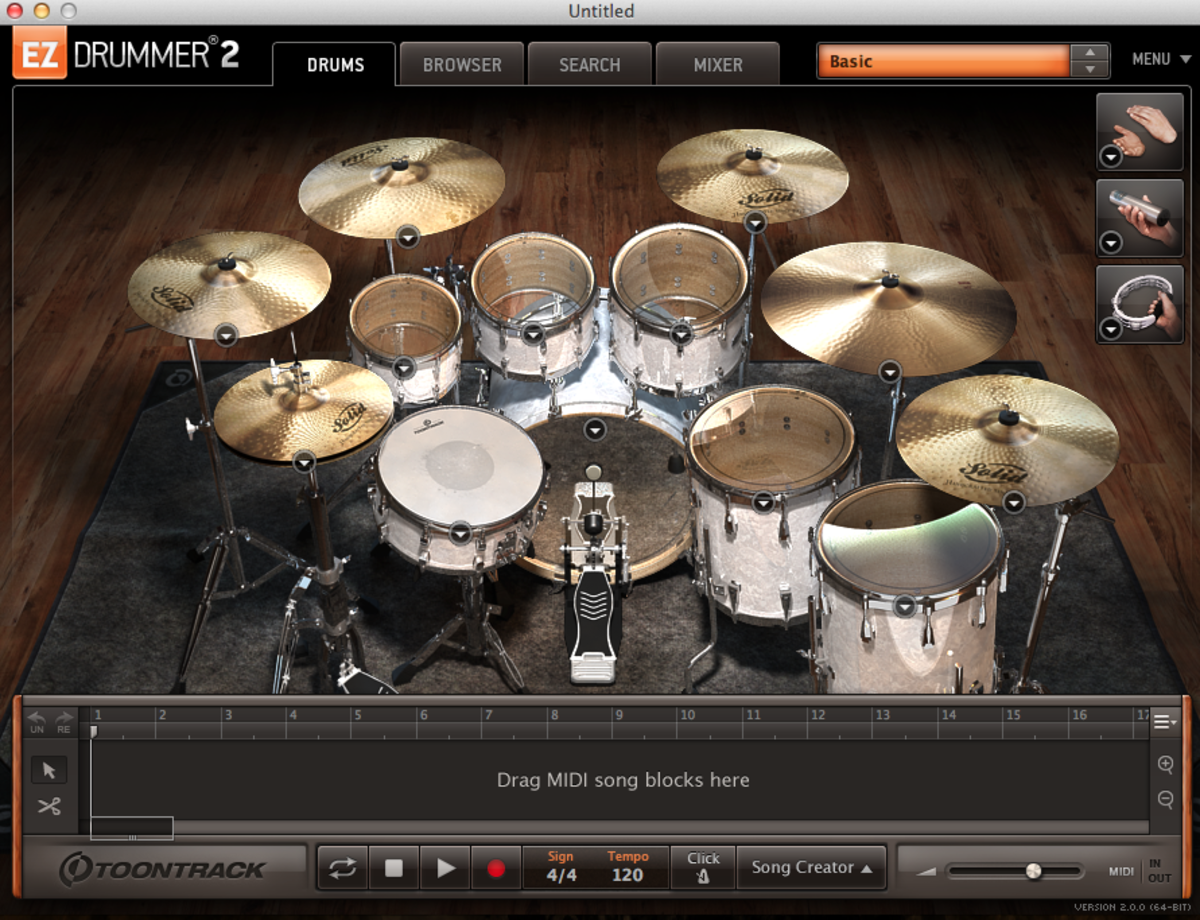Build a Home Studio - How to choose The Best Pro Audio Interface, "2-Track" ...(we preview, review, and test)
Your Studio starts at your Audio Interface:
Modern digital technology reached a point were almost every digital recording device is capable of delivering true high-definition audio.
Many brands, from M-Audio to Digidesign, Tascam, RME, TC Electronics, Mackie, Esi...they are countless and now days you may even make a choice between Industry standards and new breakthrough audio equipment companies like Presonus.
First thing to have in mind ...what do you need? let's make it simple, since we're talking about a home studio let's have in mind the number of analog inputs you need. Analog outputs are also a key but in a home environment you may not need extra routing possibilities beside a stereo main output and headphones.
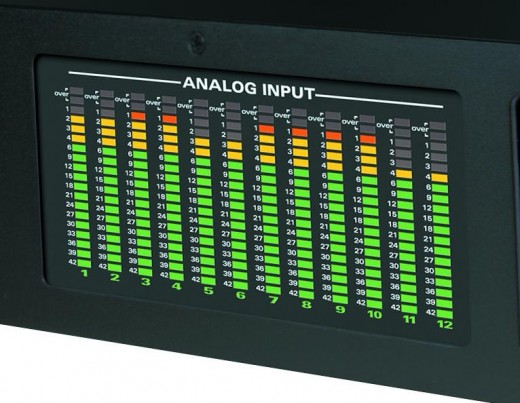
The 2-track recorder:
The Basic: A 2-track input audio interface. Usb or Firewire? In a 2-track situation this issue is not critical, booth protocols ensure the maximum performance.
What I do really recommend is built-in microphone preamps. Again, in a home studio environment based on a 2-track recorder is a good idea to leave out a mixer or 19" microphone preamps. Probably you're on a budget too so built-in preamps in your audio interface makes it nice, clean and simple. Just a XLR between a microphone and the usb/firewire unit. Having 48v Phantom Power for me is a must in this situation, for the exception of ribbon mics and tube mics (these require specific preamps) you can connect all other type. You may start with a simple SM57 to record guitars, and amps and then go for a large diaphragm condenser microphone for vocals, acoustic instruments, room mic, etc...
For a 2-track home studio M-Audio is a winner for us. They have quality preamps like almost audio interface these days but for us, musicians, software drivers and Pro-Tools compatible are the key reason why M-Audio products receive our support unanimously. All construction details are also above average, there are cheaper devices out there that's for sure but M-Audio maintains quality still mass-produced.
Microphone Preamps:
A microphone preamp is a step forward for most home recorders. From pure discrete designs to high voltages tubes there are tons of colors for you to thrown in your favorite microphones. A lot of budgets microphones, especially the Large Diaphragm Condenser mics, end up on many producers mic closet. Sometimes a 100€ do sound better than a 1000€ one, its just a matter of 'which microphone sounds like what you're after?'
For a typical 2-track home studio a 1 channel mic preamp is great, while dubbing a record you can add subtle color changes just by changing your preamp. Your recordings will sound more harmonic complex instantaneously.
The only disadvantage for a budget 2-track home studio is that, in my opinion, is no use to buy crappy Chinese preamps as this won't bring you anything better than you might already have. Either on your audio interface or a scrappy mixer you have laying around your basement.
More Creative Stuff:
- Guitar Microphone - Shure SM 57 vs Sennheiser e 609 vs Audix i5 vs Speaker Cabinet Simulator - Recor
Choose the best guitar microphone! We test and review the Shure SM 57, the Sennheiser E 609 and the Audix i5. And also high resolution Speaker Cabinet Simulators. Get the job done, on a budget! But like a Pro! - DIY Distortion Pedal - The BSIAB (Brown Sound In A Box) - The Best Stompbox Projects (Project PCB &a
The Brown Sound In A Box distortion pedal (BSIAB) in one of the best stomp boxes on the planet. For years thousands of DIY'ers proof it. Build your own for under 20$ and get a Boutique distortion pedal! - DIY Guitar Compressor - The Dan Armstrong Orange Squeezer - The Best Stomp Box Projects (Project PCB
Mark Knopfler, John Frusciante, "Sultans of Swing, "Under the Bridge"...ever wanted to nail that silky squashed guitar tone? The Dan Armstrong Orange Squeezer is the answer and you can build your own for under 15 bucks! Just Do-It-Yourself! - Guitar Tube Amp Dummy Speaker Load - Recording Guitar
An affordable and comfortable guitar recording technique. With the use of a Dummy Speaker Load (aka Power Soak) you can get those fat tube tones without using a microphone and a full blown stack. Make your neighbors happy while nailing down that guit - DIY Guitar Heaven: The Best DIY Resources, Build Your Own Stompboxes, Effects, Amplifiers and beyond
- Aerosmith - Get a Grip

